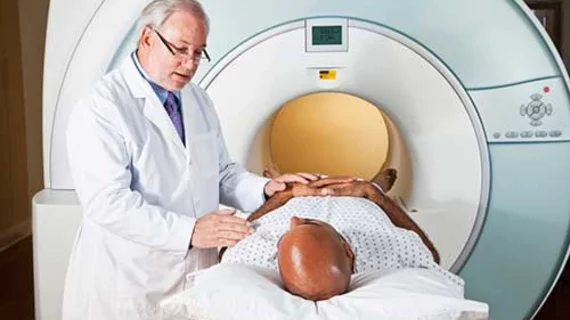Participating in a CMS pay-for-performance program? Consider reporting as a group
Radiology practices who hope to achieve success in CMS pay-for-performance programs should consider group participation rather than each radiologist participating as an individual, according to new research published in the Journal of the American College of Radiology.
The authors, led by Andrew B. Rosenkrantz, MD, MPA, of NYU School of Medicine in New York City, sought to compare national group- and individual-level performance on CMS quality metrics. Specifically, they studied radiologists’ group- and individual-level 2016 performance on Physicians Quality Reporting System (PQRS) and non-PQRS Qualified Clinical Data Registry (QCDR) measures.
“Using physician quality metric performance data sets recently made available by CMS, we compared radiologists’ performing via group participation versus the historically more common individual participation and found that group reporting facilitated radiologists not only reporting more quality measures, but also achieving higher performance rates on their reported measures,” Rosenkrantz et al. wrote.
The researchers found that groups reported an average of 4.6 quality measures, compared to 2.3 reported by individuals. Furthermore, at least six measures were reported by approximately 32 percent of groups, compared to 1 percent of individuals. Individuals reported more than groups in only one measure (33 percent vs. 5.4 percent).
In addition, groups reported 21 unique measures. And for eight of the 11 measures reported by at least 20 groups, the average group performance was at least three percent better than the average individual performance.
The team did note some limitations to its findings. The data studied only represents a single year, for example, and the researchers only evaluated quality data from CMS. Additionally, it is unknown whether the included groups were private, free-standing or hospital-owned.
Still, Rosenkrantz and colleagues noted collecting a larger number of measures will be “increasingly critical” for practices as obtaining more measures and submitting them with the highest scores may lead to favorable payment adjustments.
“Radiology practices seeking success under Medicare’s new Quality Payment Program (QPP) would be wise to carefully explore their group reporting options,” the authors concluded.

